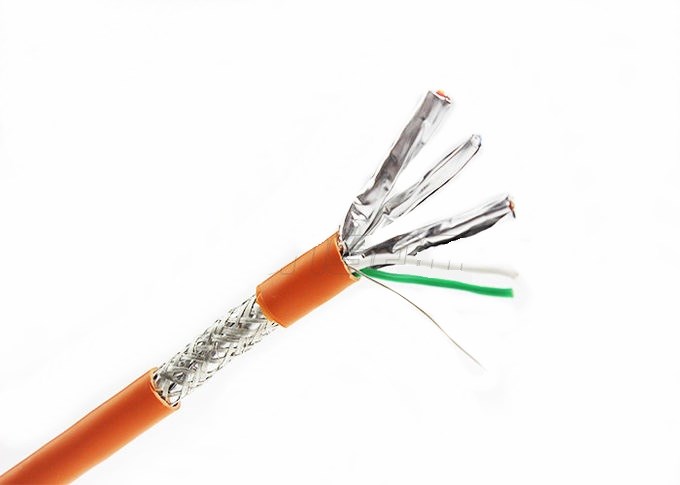![]()
Test - lowercase jpg
![]()
Kaixin micro test
![]()
Test probe P100-M3
There are several methods used to determine the pore size of a material, such as nitrogen adsorption, mercury intrusion, and bubble pressure testing. However, when it comes to membrane materials, the most appropriate and accurate method is the bubble pressure technique, also known as the gas-liquid flooding method. This approach is preferred for the following reasons:
First, let’s look at the limitations of nitrogen adsorption.
1. The pore size range it can measure is between 0.35 nm and 500 nm, which means it cannot effectively analyze micron-sized pores.
2. When applied to membranes, nitrogen adsorption often leads to significant measurement errors. This is because the inner and outer surfaces of the membrane are typically very smooth, resulting in minimal adsorption, which makes the data unreliable.
3. More importantly, the critical parameter for a membrane is the diameter of the narrowest point of the through-hole (the throat), but nitrogen adsorption measures both through-holes and blind holes, leading to inaccurate results.
Next, we consider the drawbacks of mercury intrusion testing.
1. Its pore size range is from 50 nm to 500 µm. To test smaller pores, like those below 100 nm, extremely high pressures (over 20 MPa) are required. Such high pressure can potentially damage or crush the membrane structure, causing distortion in the results. In contrast, the bubble pressure method operates at much lower pressures—typically under 0.1 MPa—making it safer for delicate membrane structures.
2. Like nitrogen adsorption, mercury intrusion also measures both through-holes and blind holes rather than focusing on the actual throat diameter, which is crucial for membrane performance.
The bubble pressure method offers several advantages:
1. It can measure pore sizes ranging from 10 nm to 500 µm, making it suitable for a wide variety of membrane applications.
2. It provides detailed information about the pore structure, including the throat diameter, maximum pore size, average pore size, pore size distribution, and permeability.
3. The principle behind this method aligns well with the characteristics of membrane materials, ensuring more accurate and reliable results.
In summary, while other techniques have their uses, the bubble pressure method stands out as the most effective and practical choice for characterizing the pore structure of membrane materials.
Lan Network Cable
Lan Network Cable widely used at Voice data, Graphic image, Multi-media, Security monitoring and other data transmission. Combined with keystone Jack Patch cords, and patch panel, it provides excellent and stable performance. All series of the Lan Network Cable products include shielded and unshielded Category 5E, Category 6, Category 6A and Category 7 and other fiber optic products.
The solution is not only for hospital, government manufacturingand other environments. For different application, you can find our product accordingly.

Lan Network Cable, Lan Cable, UTP Lan Network Cable, FTP Lan Network Cable
NINGBO YULIANG TELECOM MUNICATIONS EQUIPMENT CO.,LTD. , https://www.yltelecom.com
